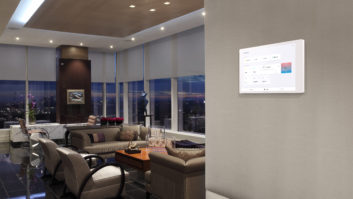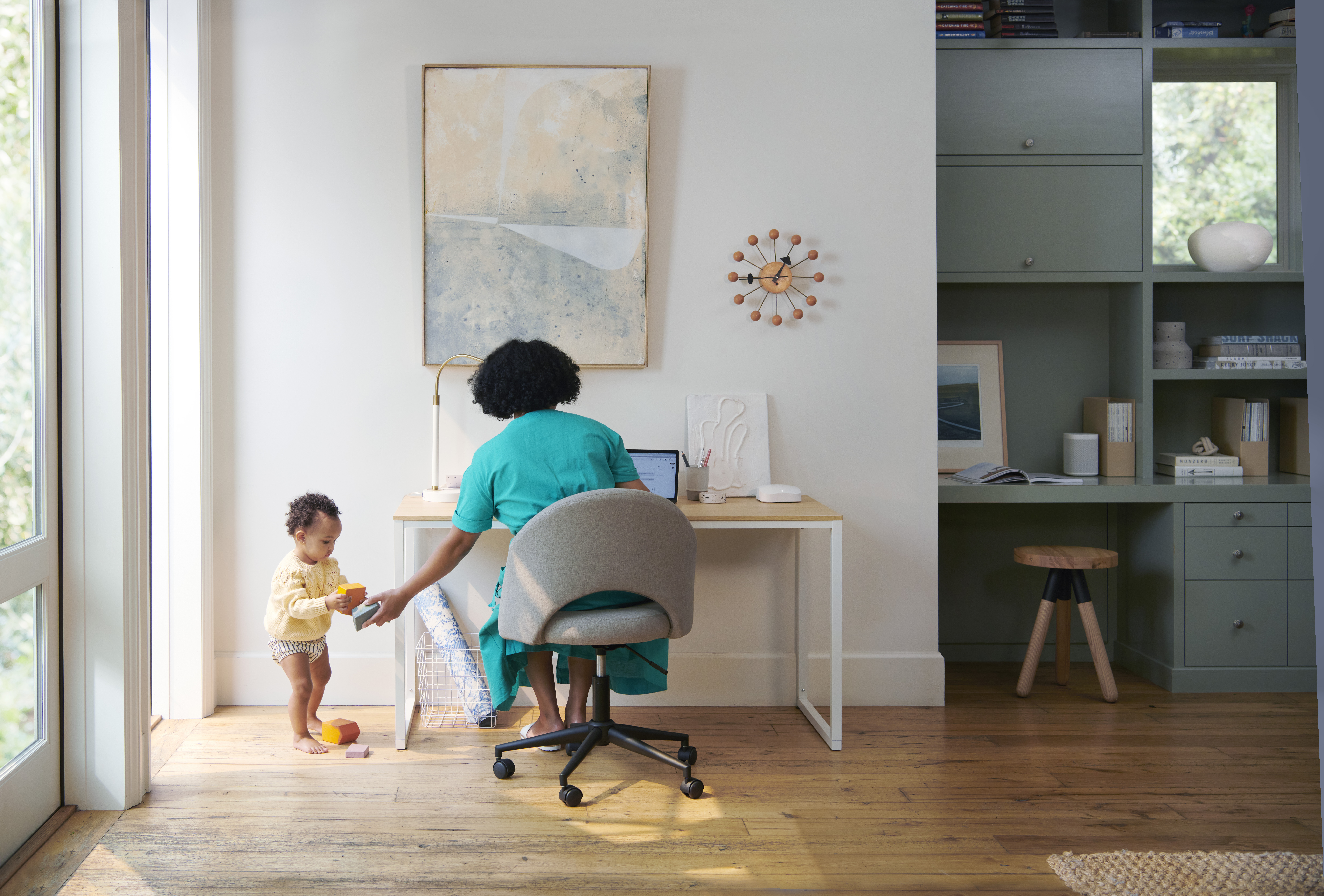As Bill Parcells famously said when he was leaving the New England Patriots, if you want me to cook the dinner, you should let me shop for the groceries (for those non-football fans of you out there, he meant that if the team owner wanted him to coach a competitive team, he needed to be in charge of personnel and choosing who would be on the team). I feel similarly about the products that we sell; if I want to cook the dinner (sell more product), then I need to eat the ingredients (own and use the products myself.)
Almost every time a new product comes across my desk, I see a ton of potential for it, and I vow to include it in our product mix. Then it typically gathers dust in inventory and on proposals because I’m not selling it hard enough. Other times it is a product line or category that I know we should be carrying and selling because it is great for our clients and our bottom line, but I just have trouble incorporating it. Inevitably, I finally install it in my own home or showroom, fall in love with it and can extol the product virtues, and start selling it like hotcakes.
[Want to Get Ahead? Just Be More Helpful]
For two years, my friend Mark Feinberg, the owner of Home Theater Advisors, has been talking about putting a projector in his NYC apartment. He also talks about selling more two-piece projection because it is great from a design standpoint in NYC where designers do not want to see a large TV on the wall, but instead want something more stealth (hence why he sells so many Stealth speakers.) But neither has happened, and there is a clear connection. Without a projection system of his own, he can not talk confidently about the features and benefits and is not comfortable specifying a system, especially since his clients are more middle-market and his budgets are more limited, requiring more affordable solutions than a $25,000 4K projector.
So after two years of hemming and hawing, Mark is finally ready to install a projector in the living room of his two-bedroom apartment. In his defense, he has been waiting a while because a living room in Manhattan is a tough environment. He was facing several challenges:
1) He was concerned about his low ceilings (8 feet) which raised a concern of people walking in front of the image, so he was focused on ultra short throw projectors
2) The room gets a lot of light and the current shades are solar, so do not provide complete light control. Therefore he needed am ambient-light-rejecting screen
3) It is his living room, and one major selling point to his wife is that it would be less obtrusive than the 65-inch TV currently on the wall, so the screen needed to be motorized
4) His current in-wall speakers are around the TV, so unless he wanted to really rethink his audio solution (the ceiling is concrete slab and the wall is not high enough to allow for repositioning the speakers easily), he needed an acoustically transparent screen.
Adding all of that up was a tall order, and the right product mix just didn’t exist, so he was at an impasse. He finally got over his requirement for a UST projector, especially when he did some calculations and realized that the screen would have to start about a foot from the top of the projector, costing him almost two feet of valuable wall real estate (10-12 inches for the projector itself and 12-14 inches for the throw of the projector.) And there was another restriction: currently under the TV is a 36-inch-tall buffet table that was an anniversary present from his in-laws, so that thing wasn’t going anywhere. That left only seven feet from the top of the buffet to the ceiling. Cutting out two more feet for the requirements of the UST projector meant a max of five feet for the screen, and that would be very tight. Plus, again, the screen material he wanted–ALR, motorized, short-throw, acoustically transparent, just didn’t exist (and likely won’t for a while.)
He and I discussed his product selection at length, and after he spoke with some experts at Screen Innovations Mark selected a traditional two-piece configuration and product combination that he can envision recommending and installing for clients: an Epson Pro Cinema 6040ub projector and Screen Innovations Solo Pro, Slate 1.2AT, acoustically transparent, ambient light rejecting, motorized screen (with the added benefit of having a very low profile case that is only about three inches square). Mark expects to place his order in the next week or two, installing within a month. He and I both feel very confident that once he has a solution that he is comfortable with, can calibrate to get a good picture, and knows works in a tough environment such as his apartment, that he will be selling a lot more projectors and screens.
I encourage everyone to live with the products they expect to sell: control systems, TVs, speakers, projectors, lighting solutions, shading, and networking products. There is no better sales person than someone who lives with and loves the product they are selling. If you are the company owner and have dedicated sales people, be sure that their homes have everything you want them to sell.







